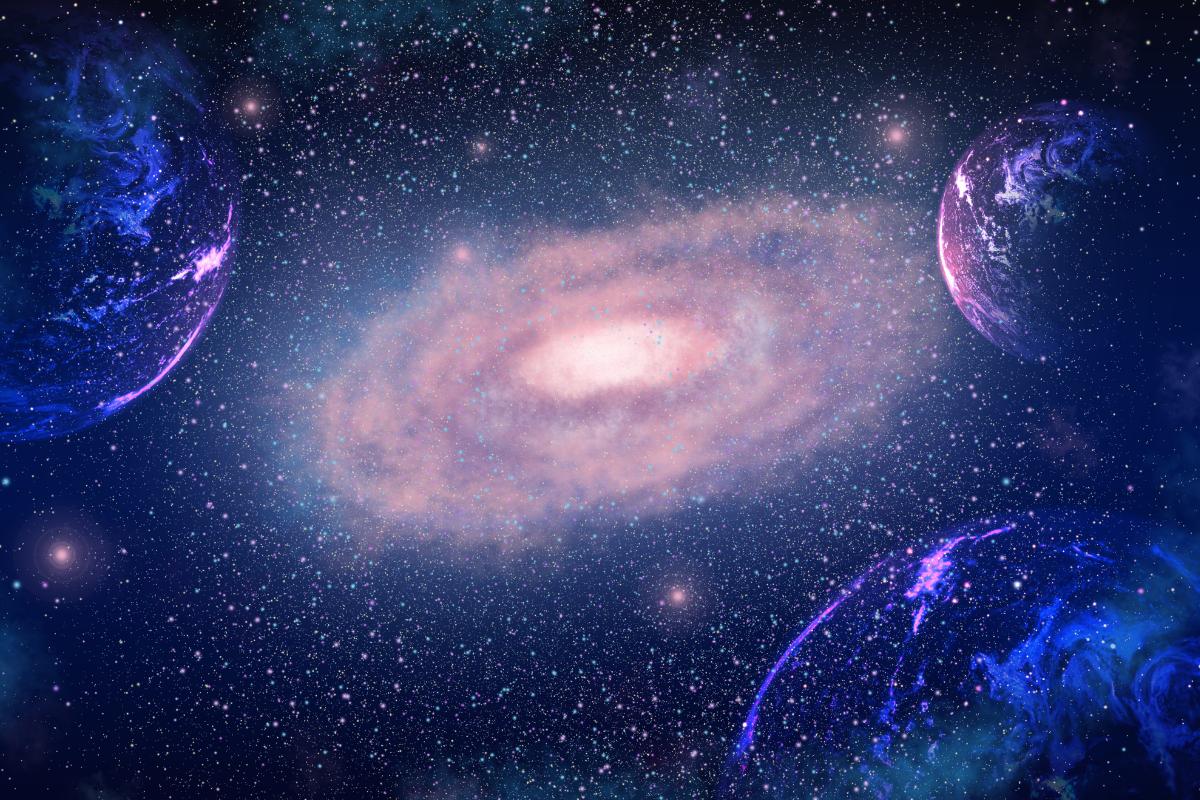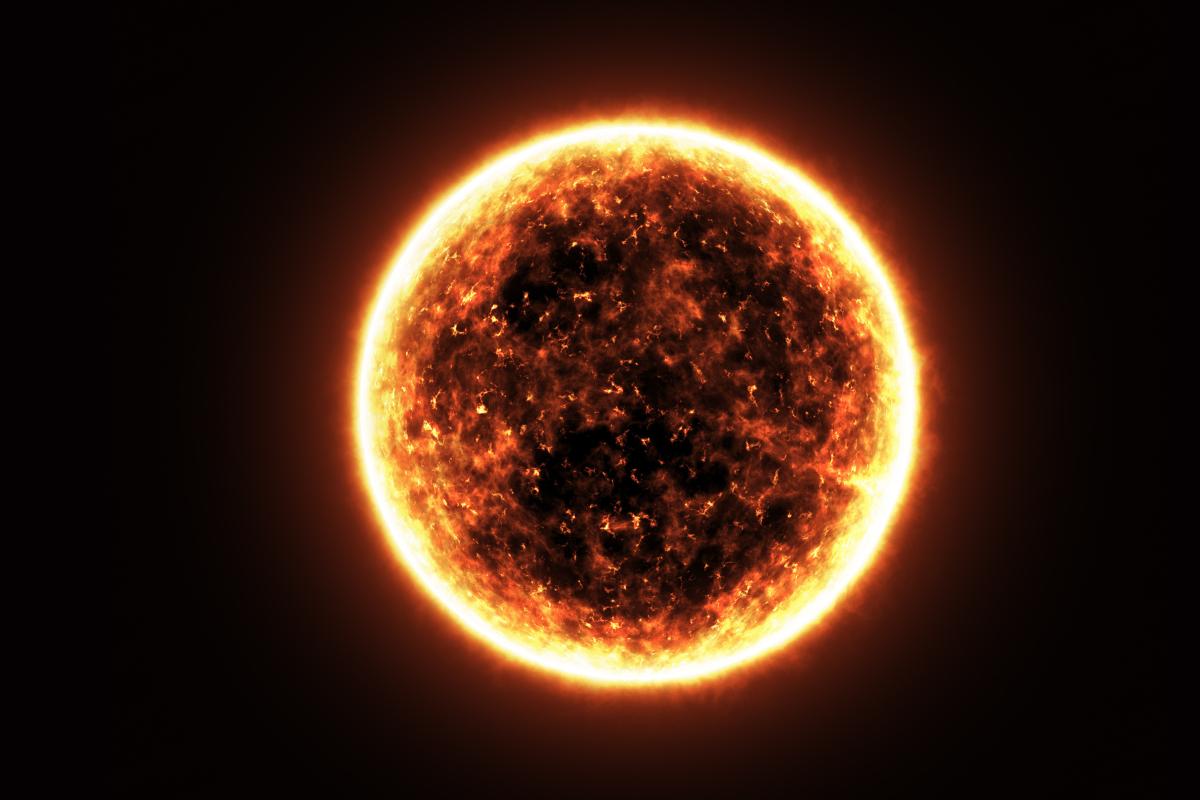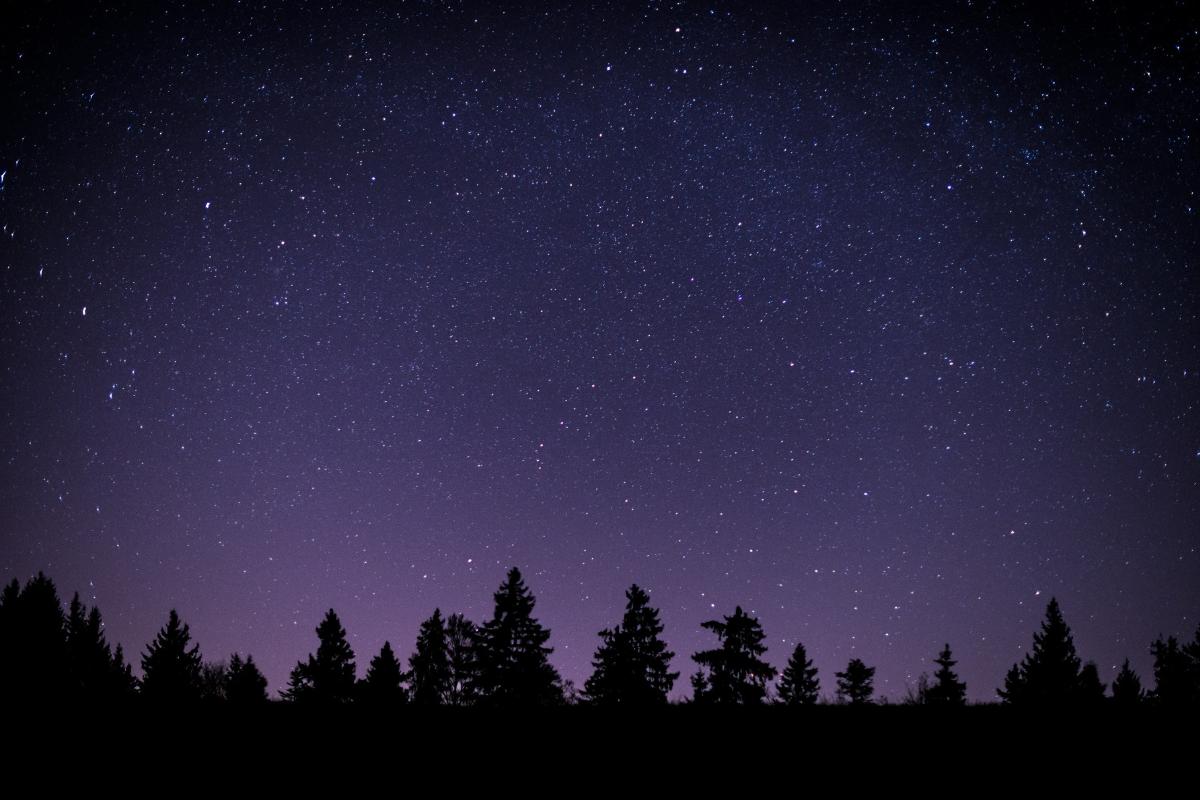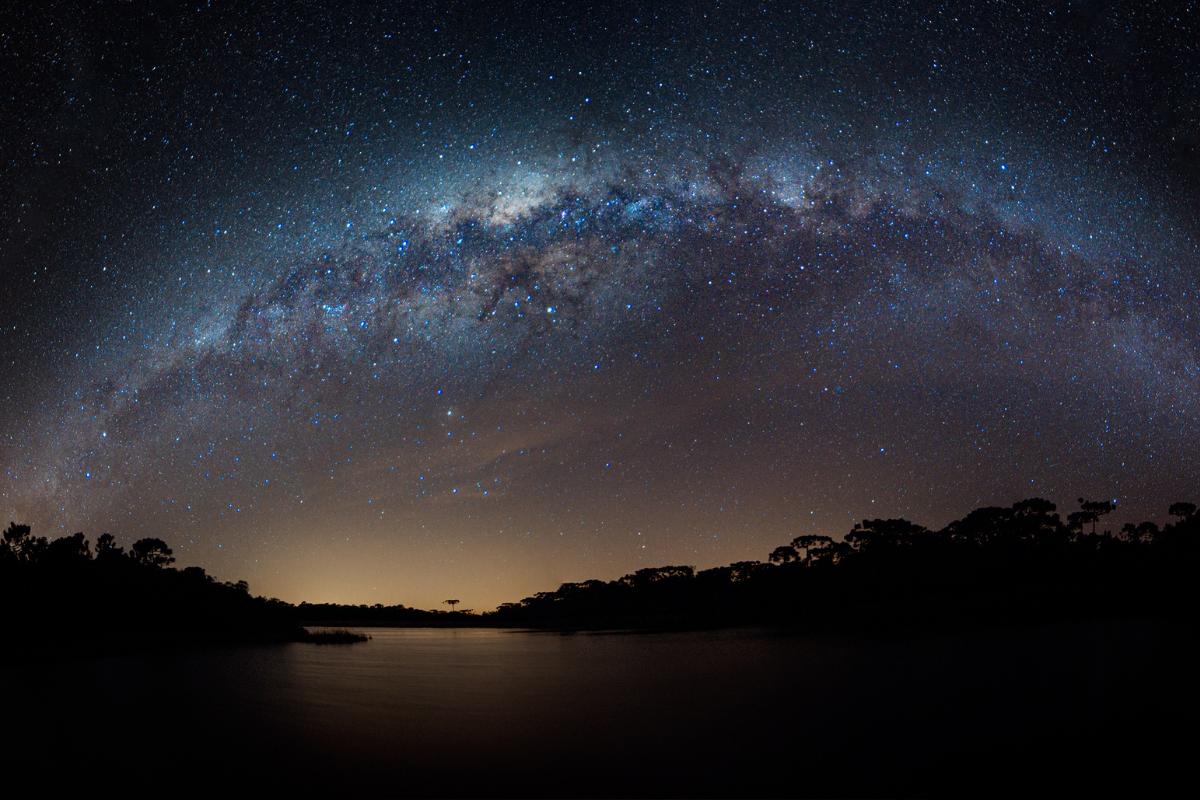Do Stars Generate Their Own Light?

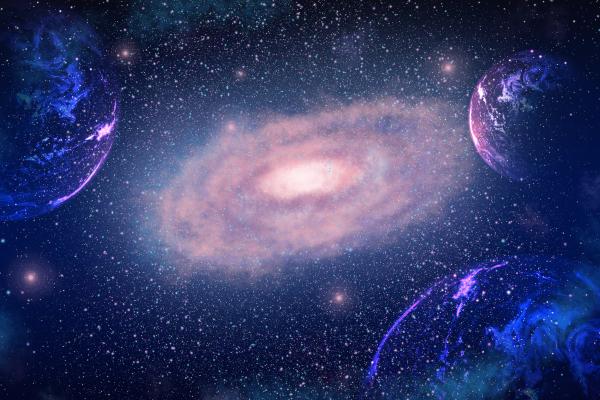
Stars are distant objects that shine brightly in the night sky. Their light has traveled many light-years to reach us.Stars generate light through nuclear fusion in their cores. Inside these giant balls of gas, temperatures reach 15 million degrees Celsius, forcing hydrogen atoms to combine into helium. This process releases energy in the form of light and heat that travels outward through the star and into space.
In this article, we’ll break down the science behind starlight, explain if stars generate their own light, and explore why this process is key to their longevity and brilliance.
What are stars?
Stars are massive balls of gas, mostly hydrogen and helium, pulled together by gravity. At their cores, temperatures reach millions of degrees Celsius, creating immense pressure. Under these conditions, hydrogen atoms smash together and fuse into helium, releasing huge amounts of energy in the form of light and heat. This process, called nuclear fusion, powers every star.
Our Sun is an average star. Its core temperature reaches 15 million degrees Celsius, and it fuses about 600 million tons of hydrogen each second. The light and heat from these reactions takes thousands of years to reach the Sun's surface, then just 8 minutes to travel to Earth.
What is the difference between stars and planets?
The main difference between stars and planets lies in their mass. Stars have enough mass and pressure at their centers to trigger fusion reactions, making them shine. Planets are smaller and colder and, therefore, they only reflect light from nearby stars rather than making their own.
Why do stars shine?
Stars shine because of a process called nuclear fusion happening in their cores. At the center of every star, extreme pressure and temperatures above 15 million degrees Celsius turn hydrogen gas into plasma, which is a state where electrons separate from their atoms. In this super-hot environment, hydrogen nuclei slam together with enough force to fuse into helium. Each fusion reaction releases energy in the form of light and heat.
Every second, millions of atomic collisions in a star's core convert hydrogen into helium. This releases massive amounts of energy that slowly works its way to the star's surface. When this energy reaches the surface, it bursts out as the starlight we see in the night sky. Our Sun performs this same process, producing the light and heat that powers life on Earth.
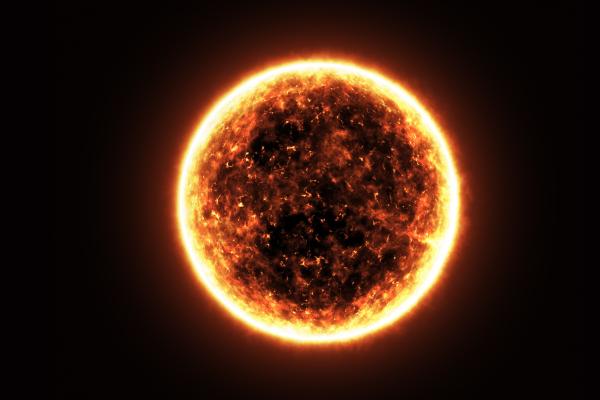
Do stars shine forever?
Stars burn through their fuel like a car uses gasoline, and bigger stars use up their fuel faster. A star's mass sets how long it will live by controlling how quickly it burns its hydrogen fuel through nuclear fusion.
Big stars live fast and die young. A star 10 times more massive than our Sun might live only 20 million years. Smaller stars burn their fuel slowly and can shine for billions of years. Our Sun, at a medium size, will last about 10 billion years and is currently halfway through its life.
When stars run out of hydrogen to fuse in their cores, they begin to die. Small stars fade slowly into white dwarfs. Large stars end dramatically, they explode as supernovas, briefly outshining entire galaxies. These explosions scatter heavy elements across space, providing materials for new stars and planets to form.
Why can’t you see stars during the day?
Stars shine in the sky all the time, day and night. But during the day, sunlight fills our atmosphere so brightly that it overpowers the faint light from distant stars. Think of it like trying to see the beam from a small flashlight while standing in bright sunlight. The flashlight is still on, but you can't see its light.
The Sun sits much closer to Earth than any other star, just 150 million kilometers away. The next nearest star, Proxima Centauri, is 40 trillion kilometers away. This huge distance difference means their light reaches us with very different strengths. The Sun's light hits Earth 400,000 times brighter than the full moon, and billions of times brighter than any other star.
As evening comes and sunlight fades from our atmosphere, the faint light from distant stars becomes visible again. On a clear night away from city lights, you can see about 2,500 stars with your naked eye. They were there all along, but were hidden by the Sun's overwhelming brightness.
Ever wondered why our Sun isn’t white like many other stars? Learn what gives it that warm, yellow hue.

Types of stars
Stars come in different sizes and temperatures. The biggest stars can reach 100 times the Sun's mass, while the smallest might be just 10% as big. A star's mass determines its color, temperature, and how long it will live.
The dots of light you see at night are mostly stars, but some are planets. Venus and Jupiter often appear as bright points in the night sky. However, as mentioned earlier, stars create their own light through nuclear fusion, while planets just reflect sunlight like a mirror. That's why Venus, the brightest planet seen from Earth, changes phases like the Moon.
You can tell planets from stars by watching them over several nights. Stars stay fixed compared to each other, while planets move through different constellations. Stars also tend to twinkle, but planets usually show a steady light.
Here are the main types of stars, from hottest to coolest:
- Blue giants: these are very hot, massive stars often classified as O or B-type stars on the spectral scale. They are indeed very short-lived due to their size and high energy output.
- White stars: stars hotter than the Sun are often A-type or F-type stars on the spectral scale. These are sometimes referred to as white stars due to their color, but they cover a range of masses and luminosities.
- Yellow stars: our Sun is a G-type star and falls in this category, often called a yellow dwarf. These stars have moderate temperatures and lifespans.
- Orange dwarfs: these cooler, smaller stars are typically K-type stars. They are less massive and cooler than the Sun, but still capable of sustaining long lifespans.
- Red dwarfs: the coolest and longest-living stars, M-type stars are indeed called red dwarfs. They are the smallest main-sequence stars and can burn for tens to hundreds of billions of years due to their efficient energy use.
Each type here represents a category in the spectral classification system, which goes from the hottest O-type stars to the coolest M-type stars, often remembered by the sequence O-B-A-F-G-K-M.
Want to learn about other cosmic wonders? Check out our guide to celestial bodies and explore the many fascinating objects in space.

How light pollution affects star visibility
City lights block our view of the stars at night. In urban areas, artificial light bounces off dust and water vapor in the air, creating a bright haze that turns the sky orange or yellow. This light pollution washes out all but the brightest stars.
In a truly dark location, you can see about 2,500 stars with your naked eye. But in most cities, you might spot fewer than 100. Streetlights, buildings, billboards, and other artificial lights scatter through the atmosphere, creating a bright dome that outshines faint starlight.
To see a full sky of stars, you need to travel at least 50 kilometers from major cities. Dark sky locations like mountains, deserts, or remote coastlines offer the best views. There, with no artificial light to interfere, you can see the Milky Way stretch across the night sky and spot star clusters, nebulae, and even other galaxies.
Ever wondered what gives the Sun its brilliant light? Take a closer look at the complex layers that fuel its glow.
If you want to read similar articles to Do Stars Generate Their Own Light?, we recommend you visit our Facts about Earth and the universe category.





